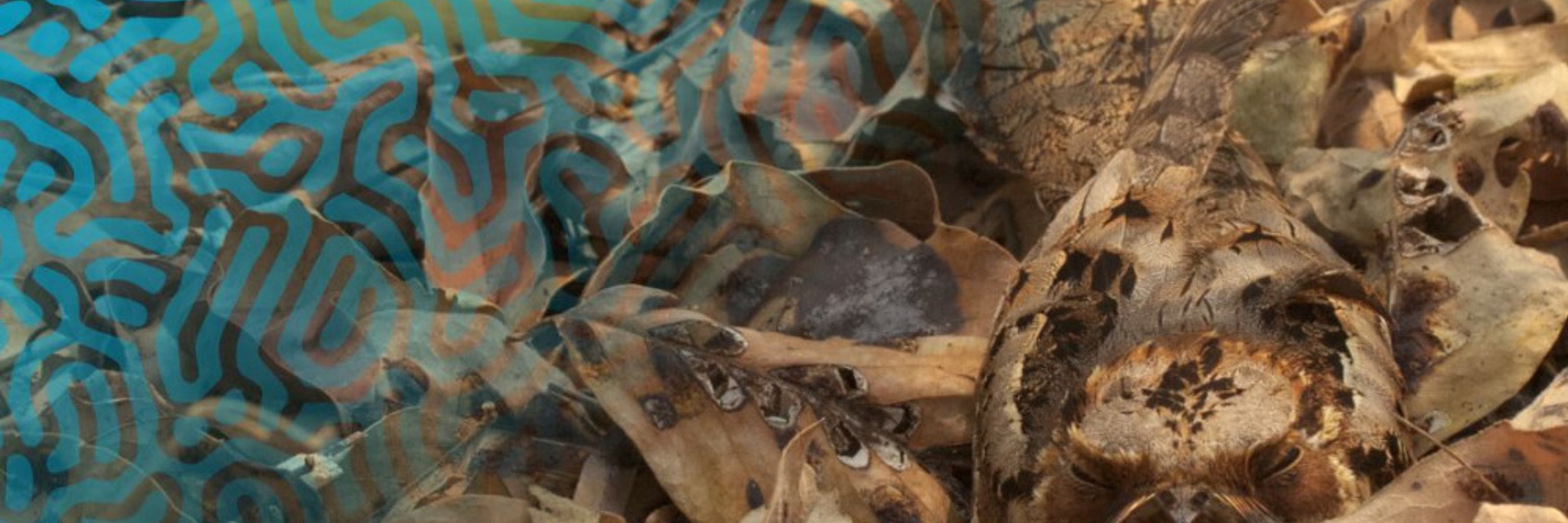
We had 176 talk abstract submissions and just 24 slots - can't wait to see them.
asabwinter.github.io/2025/schedule/
@asab-meetings.bsky.social
We had 176 talk abstract submissions and just 24 slots - can't wait to see them.
asabwinter.github.io/2025/schedule/
@asab-meetings.bsky.social
Preprint: tinyurl.com/BehaveAI
Preprint: tinyurl.com/BehaveAI
Preprint: tinyurl.com/BehaveAI
Git: tinyurl.com/BehaveAIgithub
Video: tinyurl.com/BehaveAIintro
@uniexecec.bsky.social
Preprint: tinyurl.com/BehaveAI
Git: tinyurl.com/BehaveAIgithub
Video: tinyurl.com/BehaveAIintro
@uniexecec.bsky.social
Our biologically inspired video analysis tool sees motion as colour. Track animals or objects, classify their behaviour, and handle complex natural scenes with ease.
Semi-supervised annotation, no GPUs required, user-friendly, free & open source.
Pre-print tinyurl.com/BehaveAI
Our biologically inspired video analysis tool sees motion as colour. Track animals or objects, classify their behaviour, and handle complex natural scenes with ease.
Semi-supervised annotation, no GPUs required, user-friendly, free & open source.
Pre-print tinyurl.com/BehaveAI
I'm organising the conference this year with @lauraakelley.bsky.social and Innes Cuthill
Register & get more info here: asabwinter.github.io/2025/
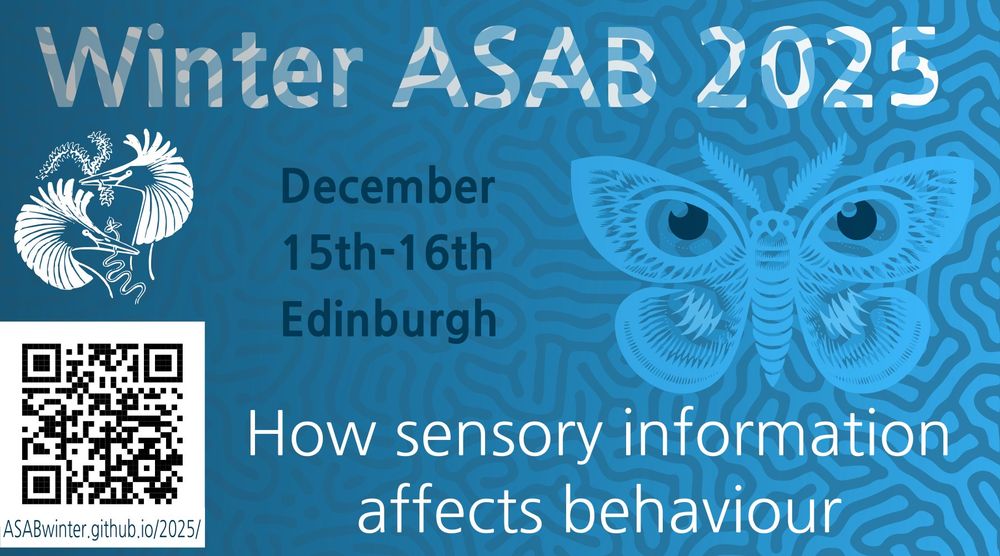
I'm organising the conference this year with @lauraakelley.bsky.social and Innes Cuthill
Register & get more info here: asabwinter.github.io/2025/
We asked: How detectable are guppies to visual predators under different env. conditions?👇
academic.oup.com/beheco/artic...
#ISBE #fish #behaviour @bristolbiosci.bsky.social
🧵1/9
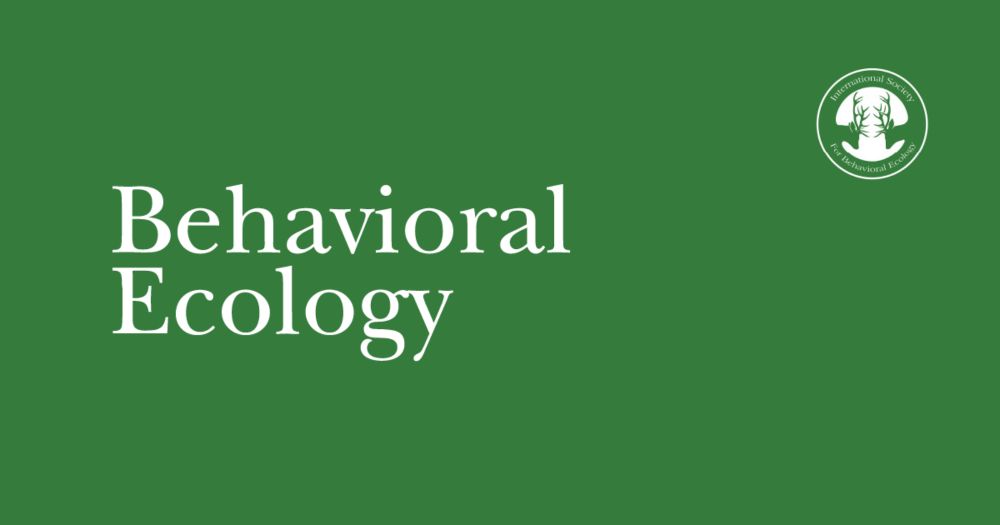
We asked: How detectable are guppies to visual predators under different env. conditions?👇
academic.oup.com/beheco/artic...
#ISBE #fish #behaviour @bristolbiosci.bsky.social
🧵1/9
www.visual-ecology.com/events/

www.visual-ecology.com/events/



www.visual-ecology.com/events/
@uniexecec.bsky.social

www.visual-ecology.com/events/
@uniexecec.bsky.social
@jtroscianko.bsky.social. The HOSI system can take panoramic hyperspectral images that meet the difficult requirements of artificial light at night (ALAN) research.
bmcbiol.biomedcentral.com/articles/10.... #BMCBiology

@jtroscianko.bsky.social. The HOSI system can take panoramic hyperspectral images that meet the difficult requirements of artificial light at night (ALAN) research.
bmcbiol.biomedcentral.com/articles/10.... #BMCBiology
Paper: doi.org/10.1186/s129...
Intro video: www.youtube.com/watch?v=9q8l...

Paper: doi.org/10.1186/s129...
Intro video: www.youtube.com/watch?v=9q8l...
Details below - deadline 13 January!
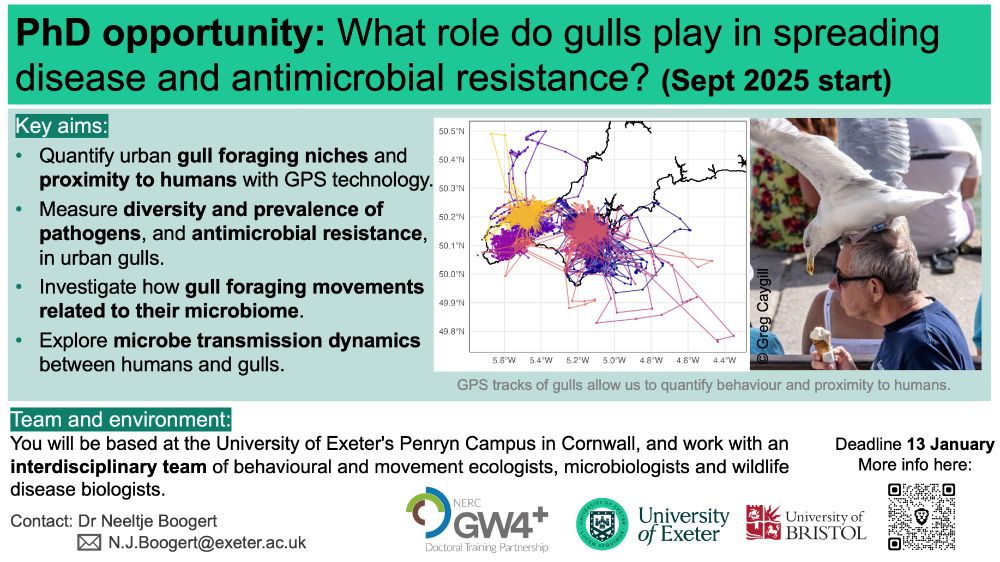
Details below - deadline 13 January!
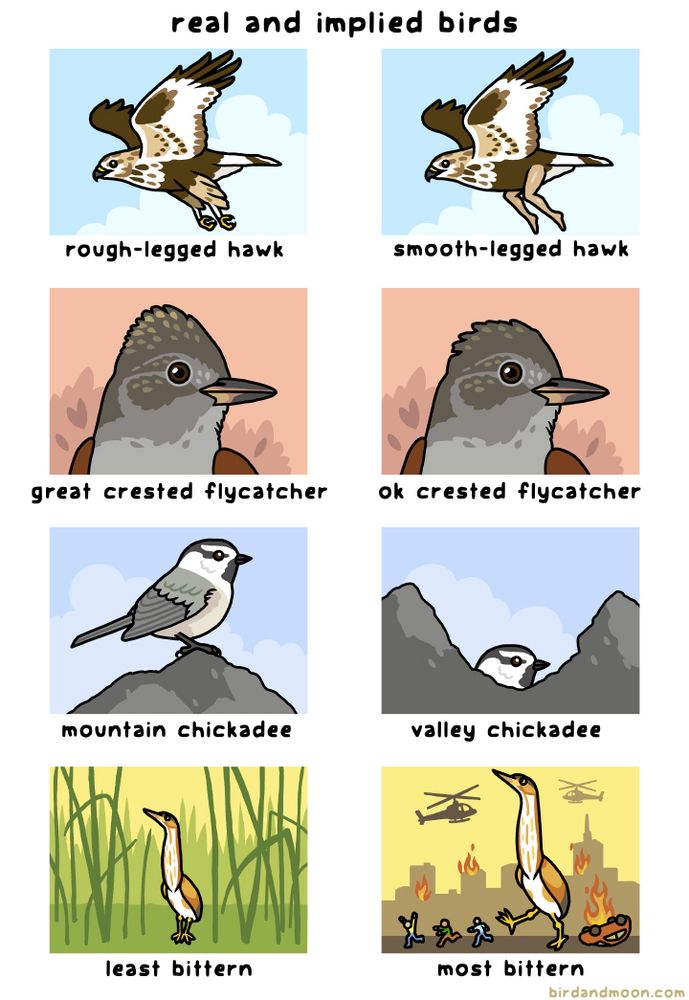
Here is how and why I gave this model organism a visual upgrade 🧵(1/7)

Here is how and why I gave this model organism a visual upgrade 🧵(1/7)
#exetercec
jobs.exeter.ac.uk/hrpr_webrecr...
#exetercec
jobs.exeter.ac.uk/hrpr_webrecr...
This year the focus will be 'feeding the world at least cost to the planet' hosted by @kjhockings.bsky.social @uniexecec.bsky.social
Guest talks aren't recorded so make sure you're on campus! One not to miss...

This year the focus will be 'feeding the world at least cost to the planet' hosted by @kjhockings.bsky.social @uniexecec.bsky.social
Guest talks aren't recorded so make sure you're on campus! One not to miss...
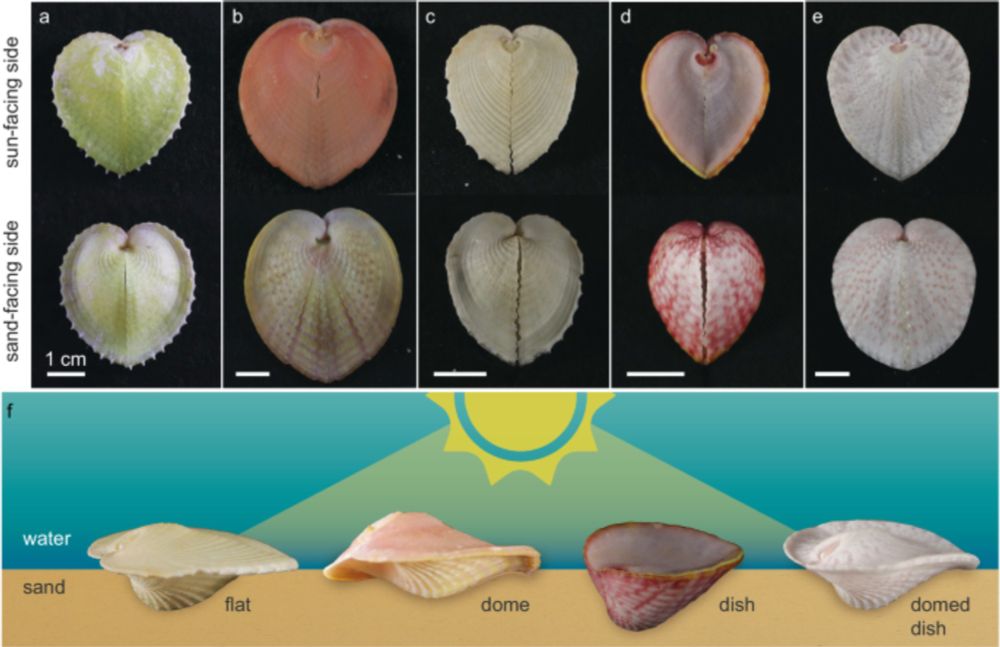

New headlights hurt moths!
Unlike us, moths can’t blink in bright light. Moths are more likely to fly erratically towards pulses of cool toned phosphor-LEDs, compared with warmer and RGB lights. Meaning new headlights are more harmful.
Paper: tinyurl.com/29avcnnx
#SciComm 🧪🌍

New headlights hurt moths!
Unlike us, moths can’t blink in bright light. Moths are more likely to fly erratically towards pulses of cool toned phosphor-LEDs, compared with warmer and RGB lights. Meaning new headlights are more harmful.
Paper: tinyurl.com/29avcnnx
#SciComm 🧪🌍
Position for 31 months. Deadline: December 9th. Please apply/boost
#PostdocJob #AcademicJobs #Bees
jobs.ncl.ac.uk/job/Newcastl...
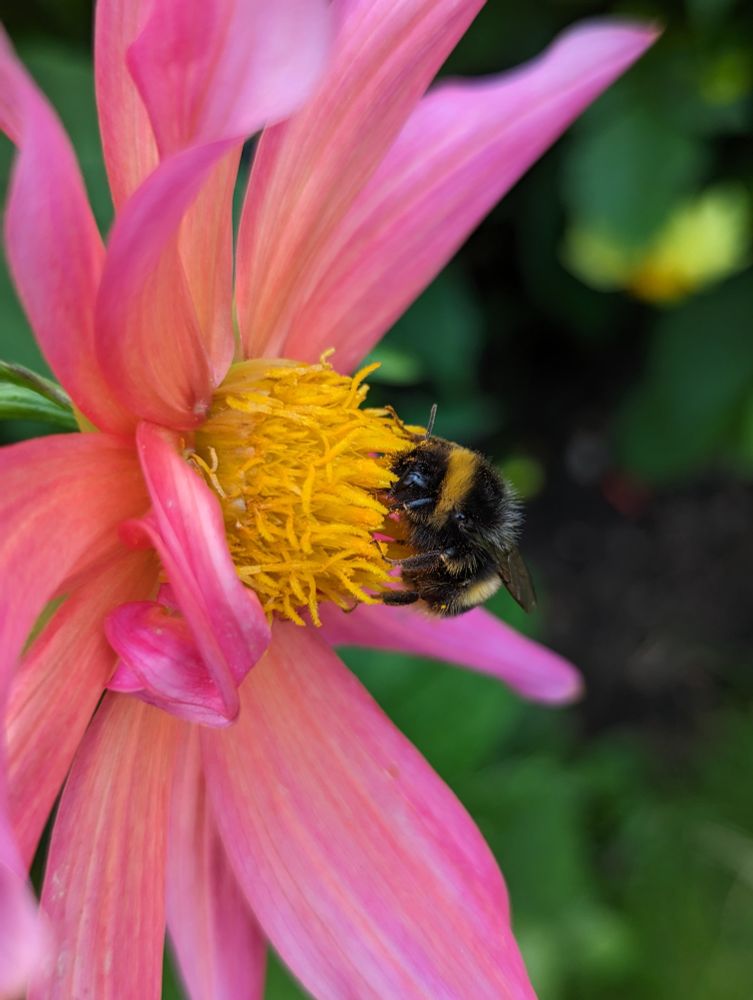
!PLEASE SHARE!
See www.animalsocieties.org and apply: www.exeter.ac.uk/study/fundin...
🌏 🧪 🦑

!PLEASE SHARE!
See www.animalsocieties.org and apply: www.exeter.ac.uk/study/fundin...
🌏 🧪 🦑
mferickson.github.io/findbutterfly/
mferickson.github.io/findbutterfly/
www.swansea.ac.uk/jobs-at-swan...
Please pass on to potential applicants and get in touch if considering applying.
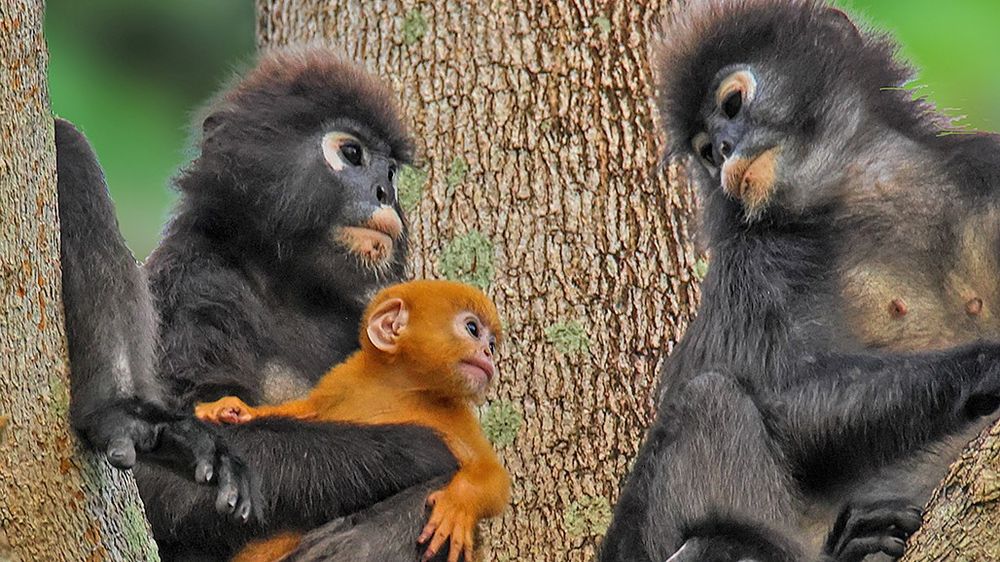
www.swansea.ac.uk/jobs-at-swan...
Please pass on to potential applicants and get in touch if considering applying.





